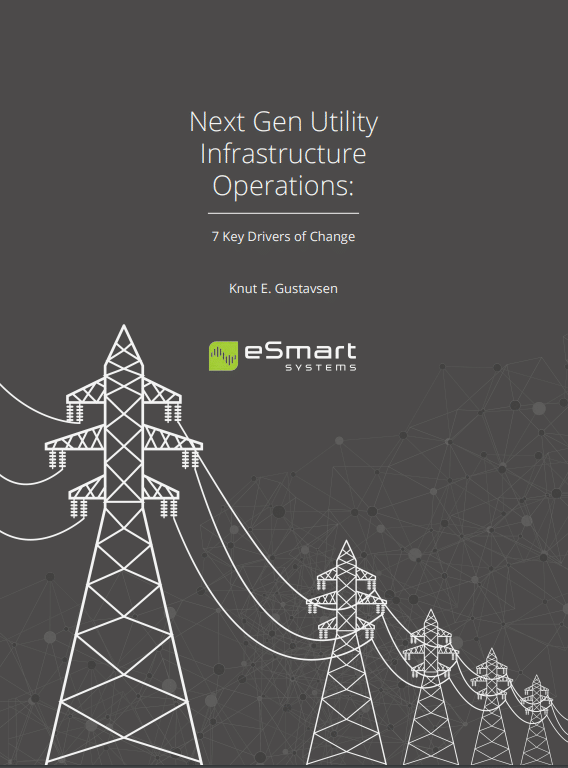
Technology is evolving exponentially. “The first computers,” explains Ray Kruzweil, author of The Singularity is Near, “were designed on paper and assembled by hand. Today, they are designed on computer workstations with the computers themselves working out many details of the next generation’s design, and are then produced in fully automated factories with only limited human intervention.”
The first human genome was sequenced in 2004 at a cost of hundreds of millions of dollars. Today, machines sequence 18,000 annually for $1,000 a genome. 15 years into the 21st century, we’ve witnessed stunning progress: the global adoption of the Internet, smartphones, evermore agile robots, and AI that learns. “We won’t experience 100 years of progress in the 21st century — at today’s rate it will be more like 20,000 years,” says Kruzweil. With the future approaching much faster than we realize, it’s critical to think exponentially about where we’re headed and how we’ll get there. In the past two centuries, the world has experienced three industrial revolutions.
The first one gave us the steam engine. The second gave us the telephone, the light bulb and the combustion engine. Leap forward to the 1980s, also called the Digital Revolution, and we witnessed the invention of the Internet and the Personal Computer.
